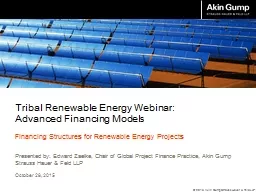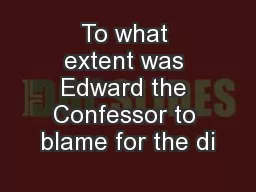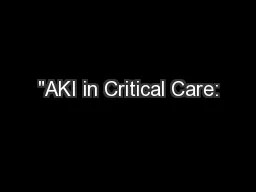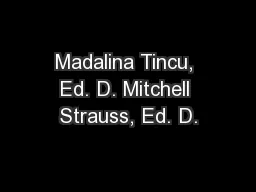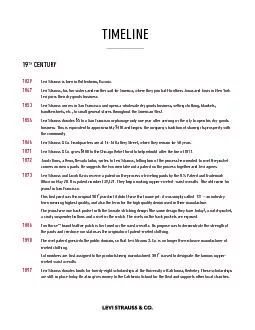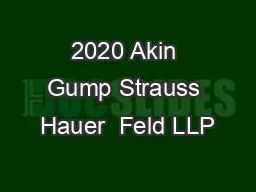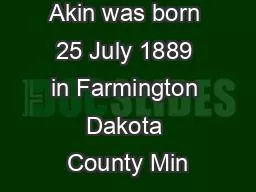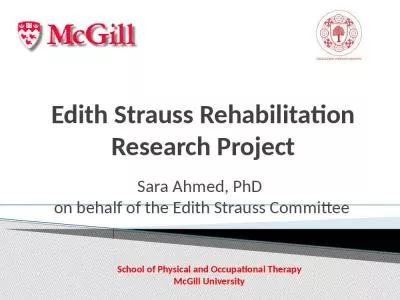PPT-Presented by: Edward Zaelke, Chair of Global Project Finance Practice, Akin Gump Strauss
Author : pasty-toler | Published Date : 2018-11-18
Hauer amp Feld LLP October 28 2015 Tribal Renewable Energy Webinar Advanced Financing Models Financing Structures for Renewable Energy Projects Basic Facts About
Presentation Embed Code
Download Presentation
Download Presentation The PPT/PDF document "Presented by: Edward Zaelke, Chair of Gl..." is the property of its rightful owner. Permission is granted to download and print the materials on this website for personal, non-commercial use only, and to display it on your personal computer provided you do not modify the materials and that you retain all copyright notices contained in the materials. By downloading content from our website, you accept the terms of this agreement.
Presented by: Edward Zaelke, Chair of Global Project Finance Practice, Akin Gump Strauss: Transcript
Download Rules Of Document
"Presented by: Edward Zaelke, Chair of Global Project Finance Practice, Akin Gump Strauss"The content belongs to its owner. You may download and print it for personal use, without modification, and keep all copyright notices. By downloading, you agree to these terms.
Related Documents

